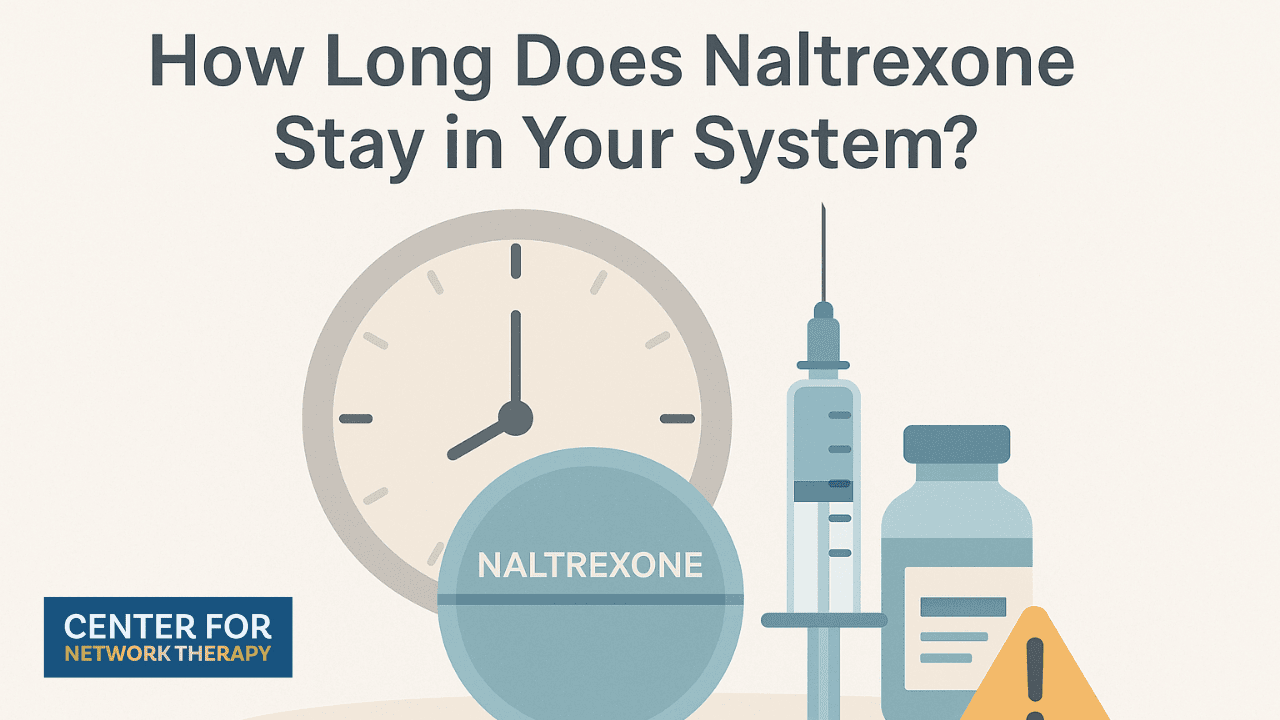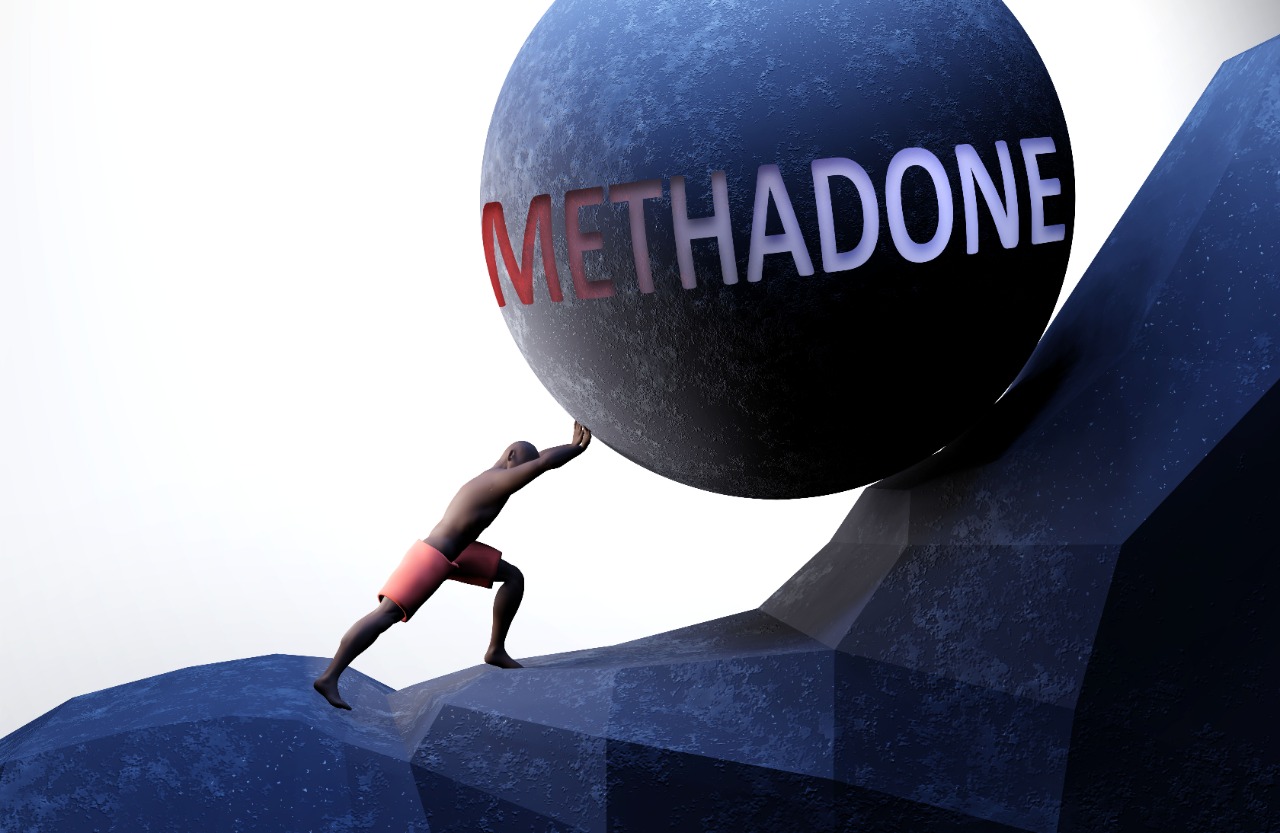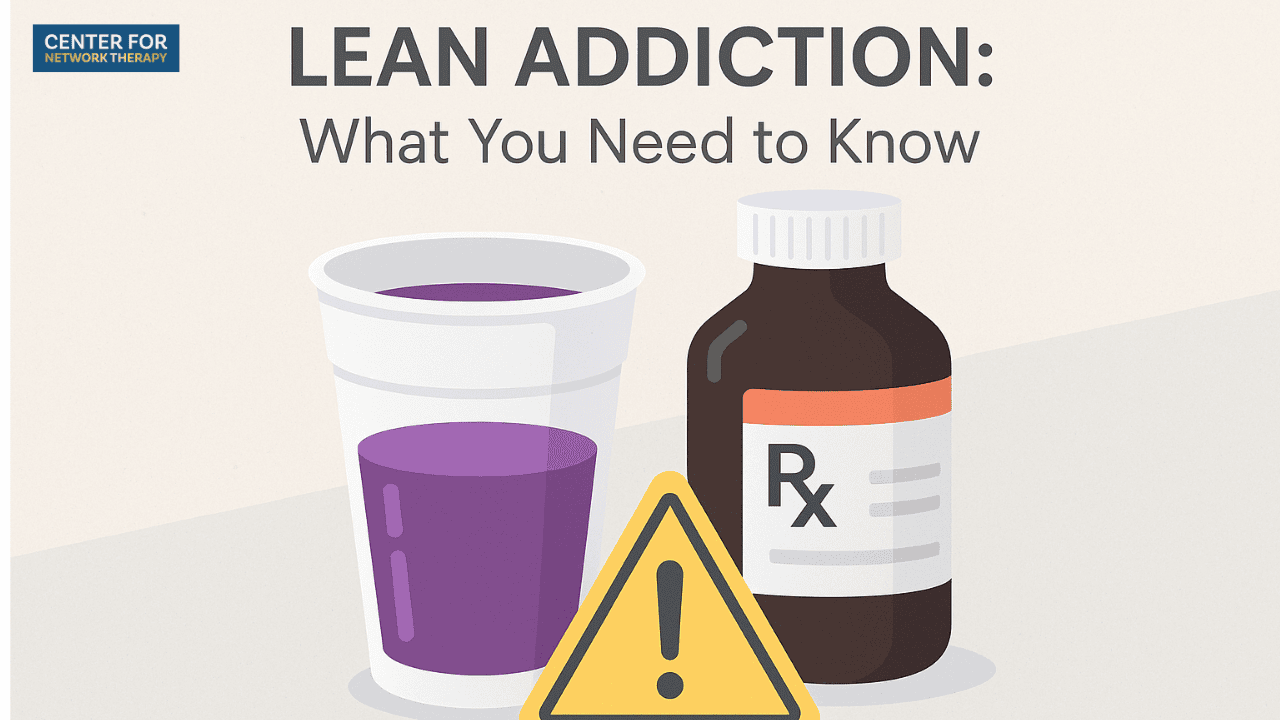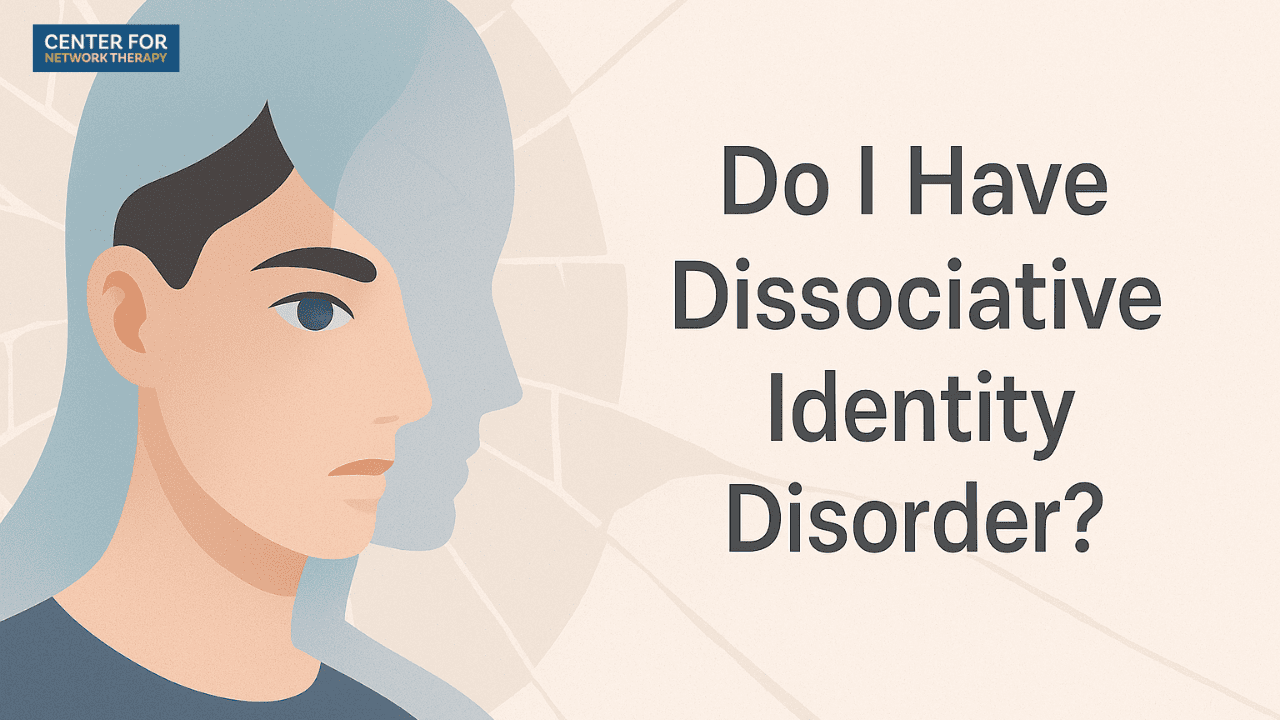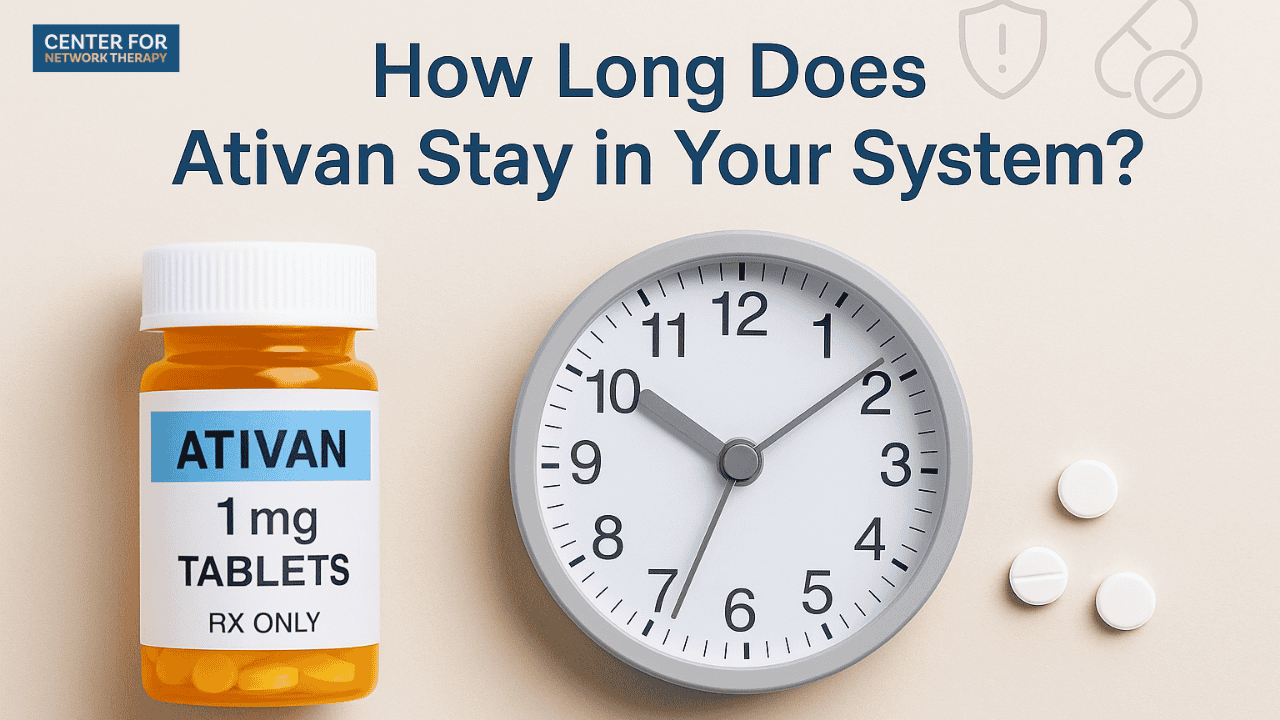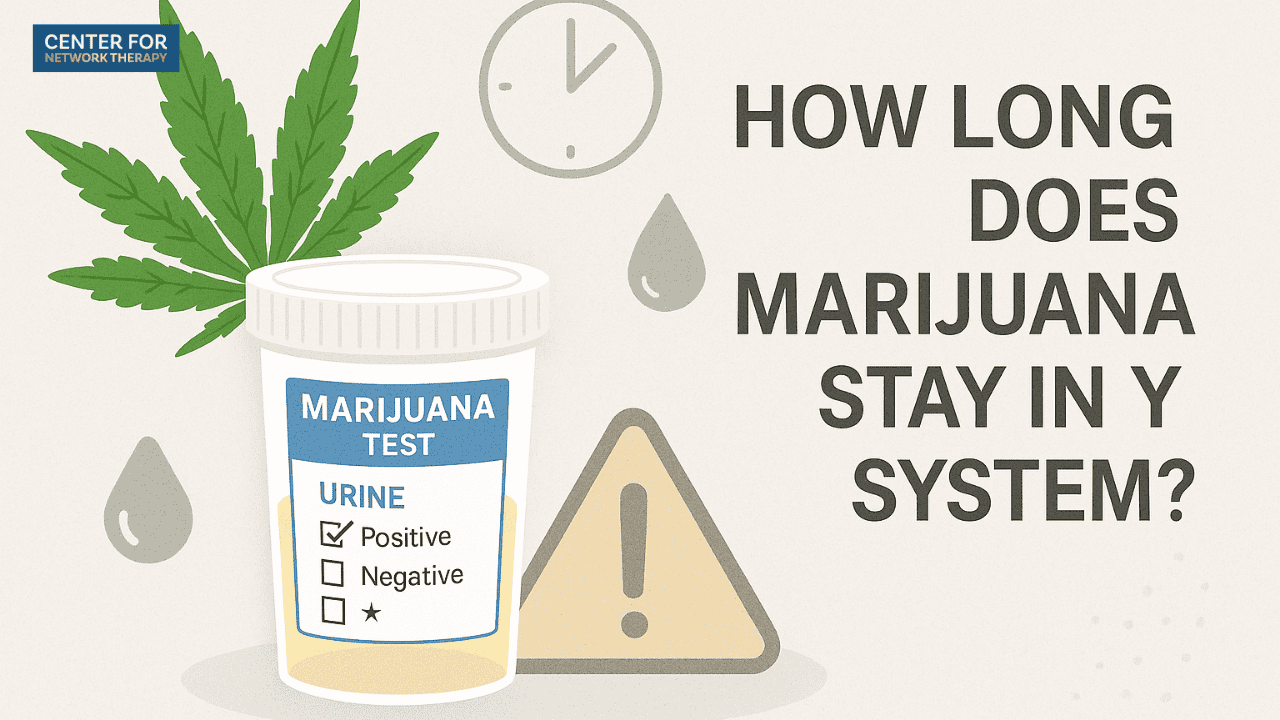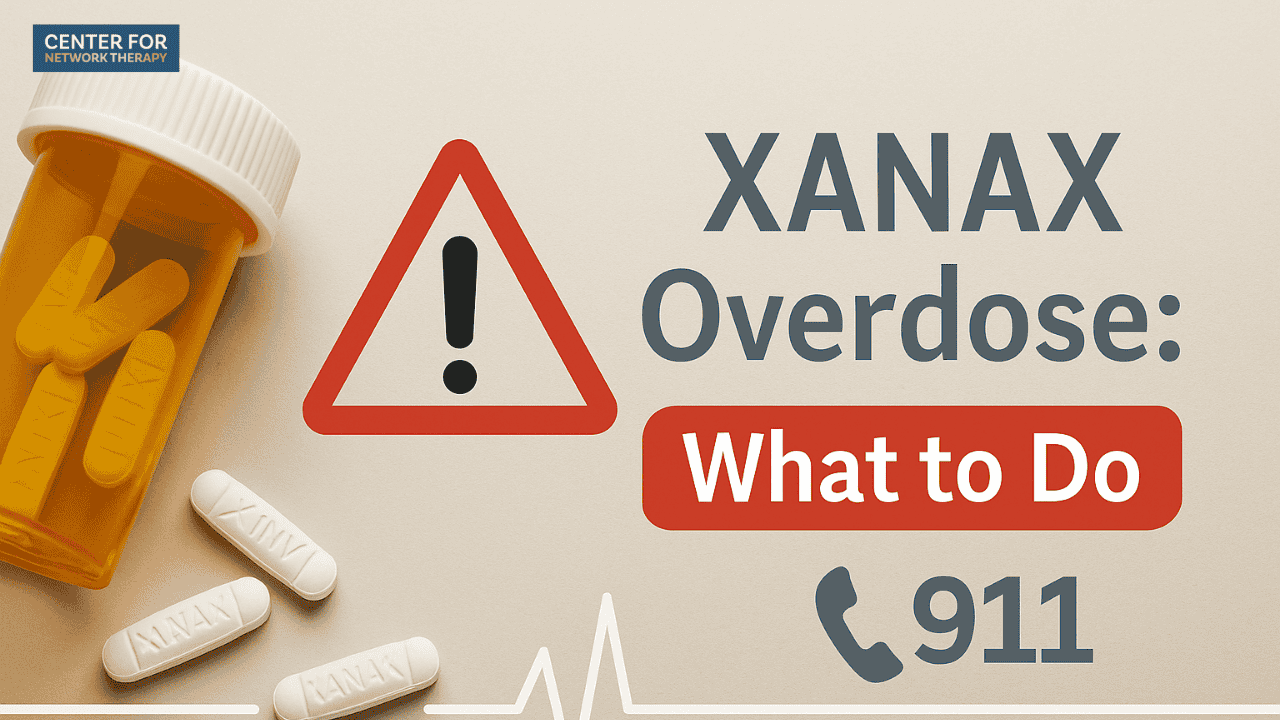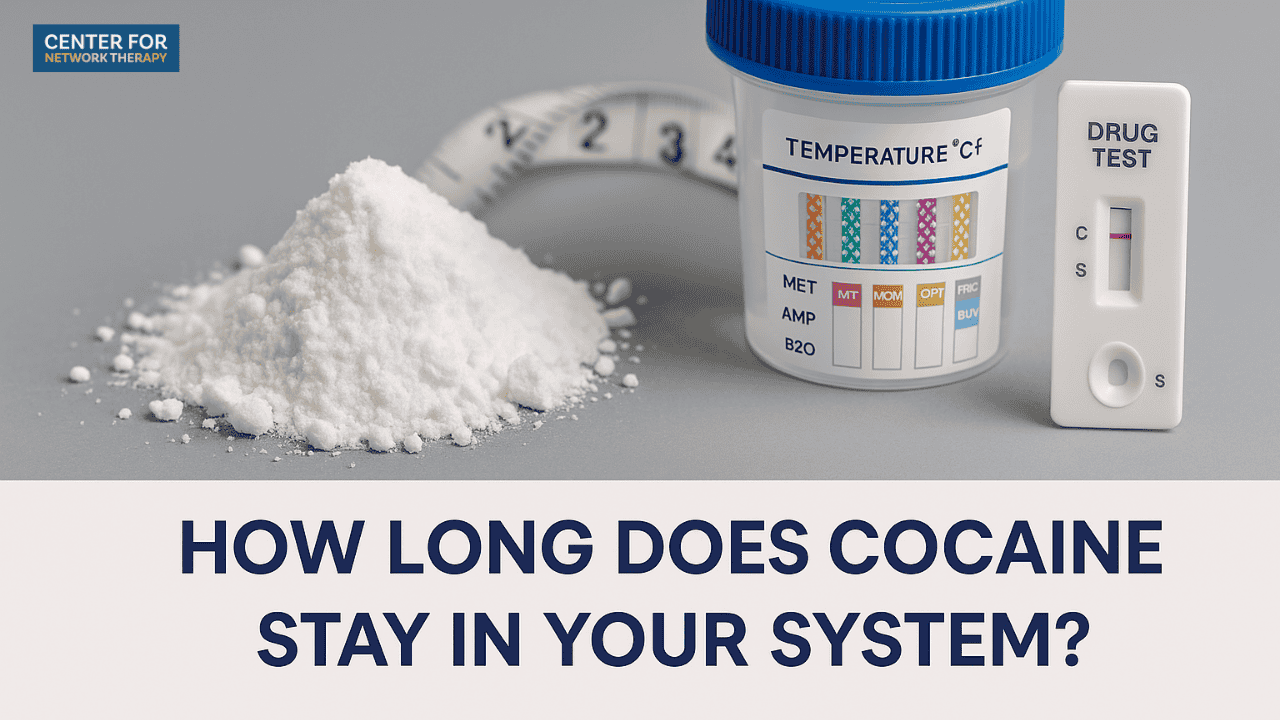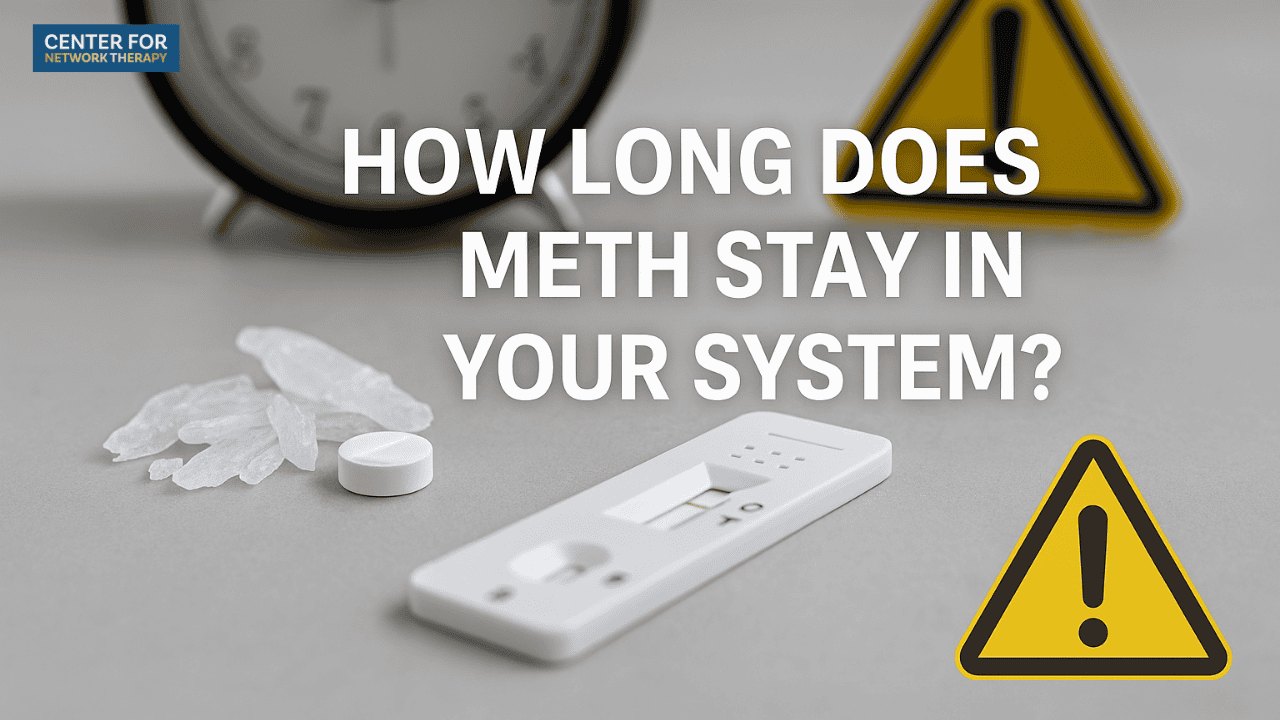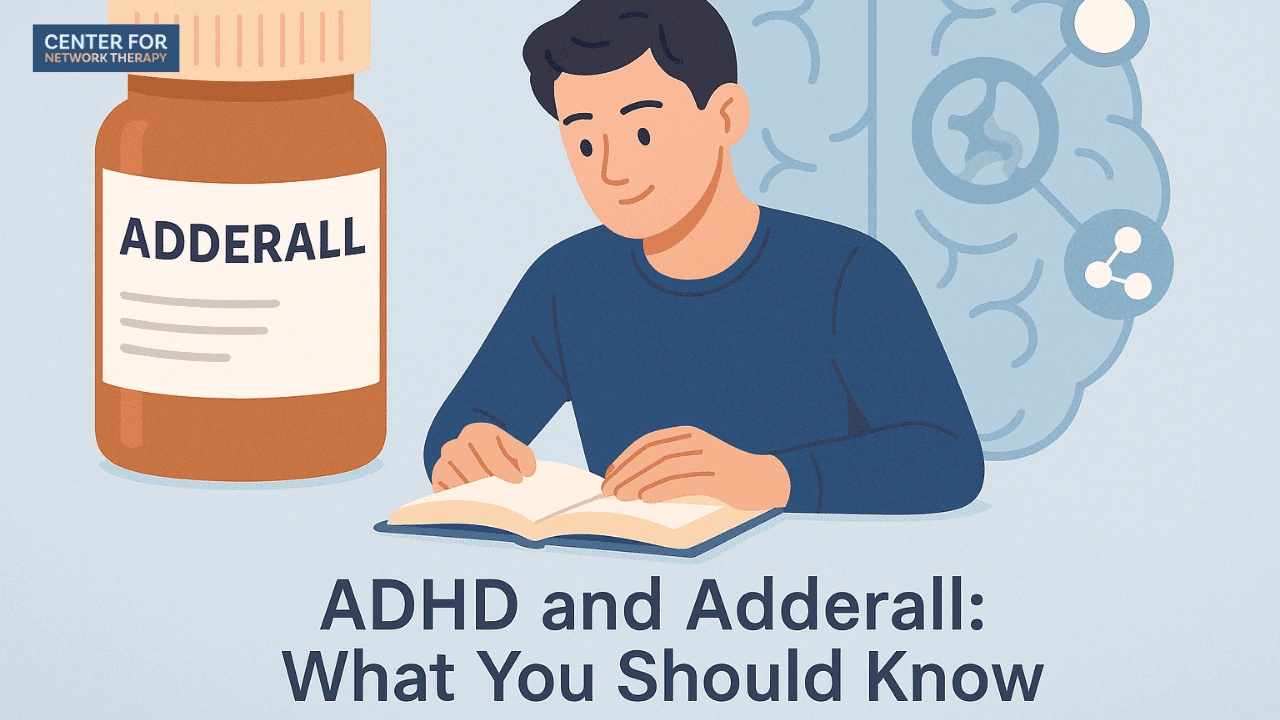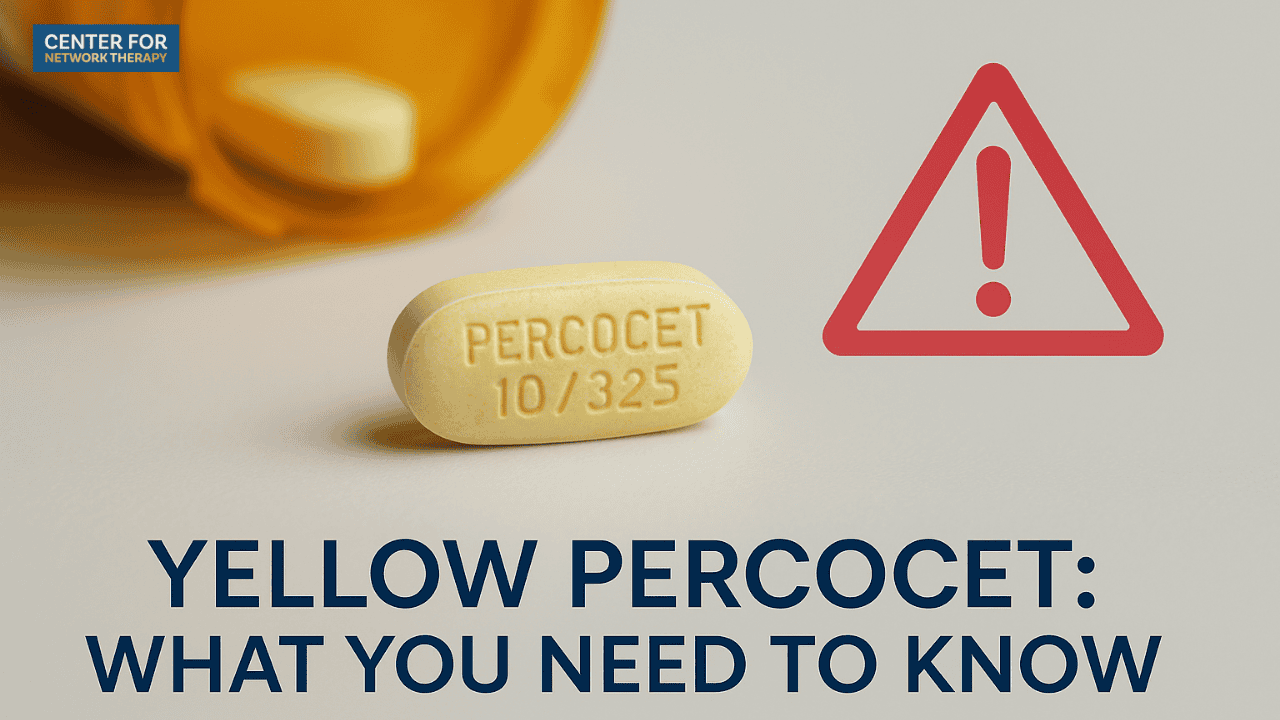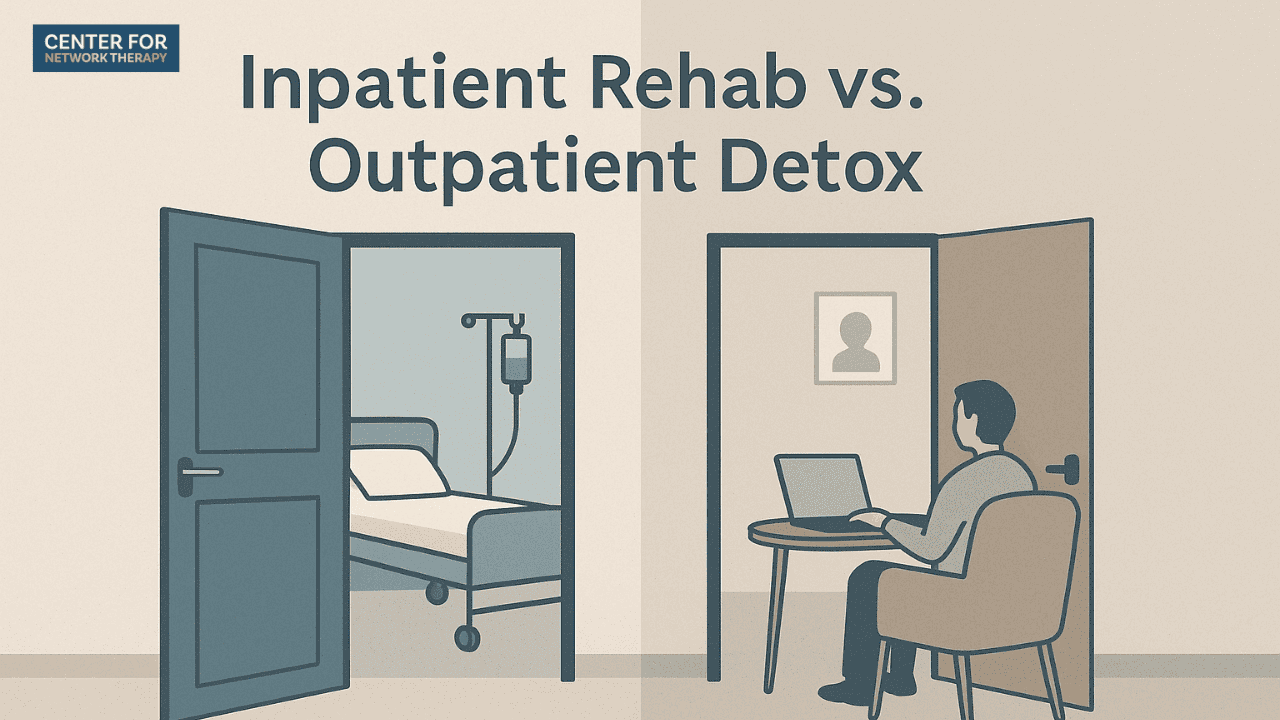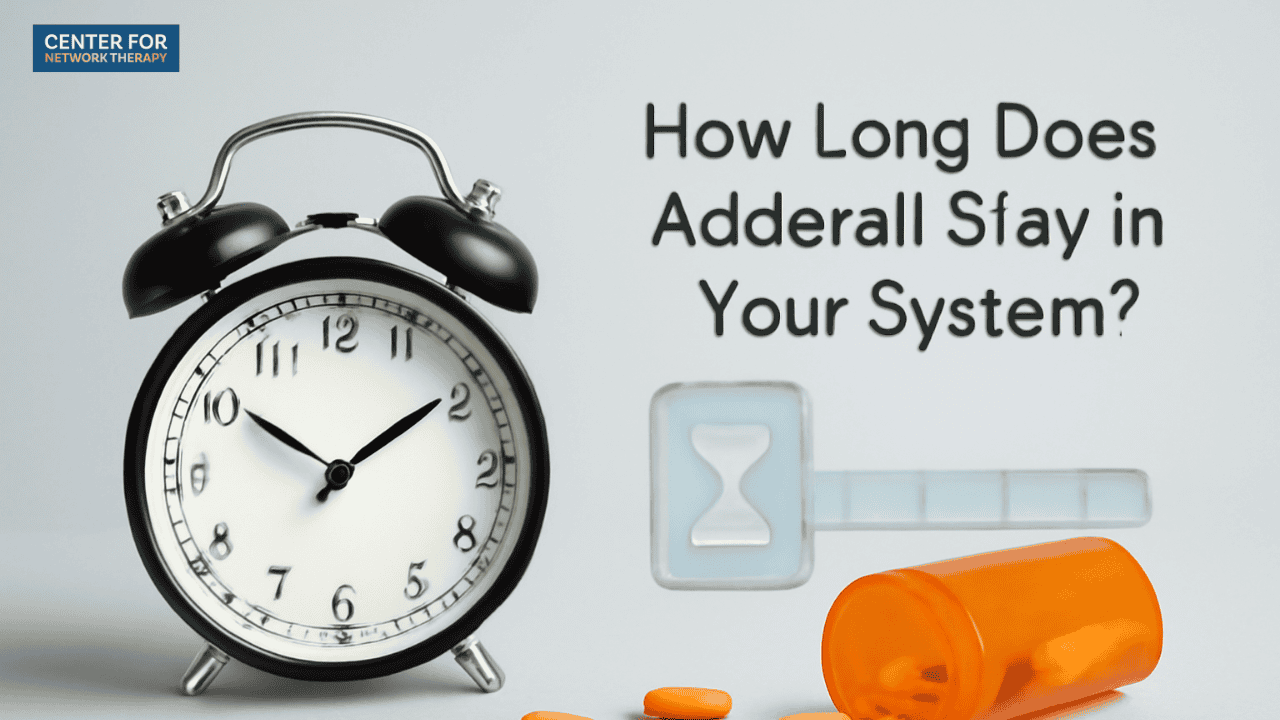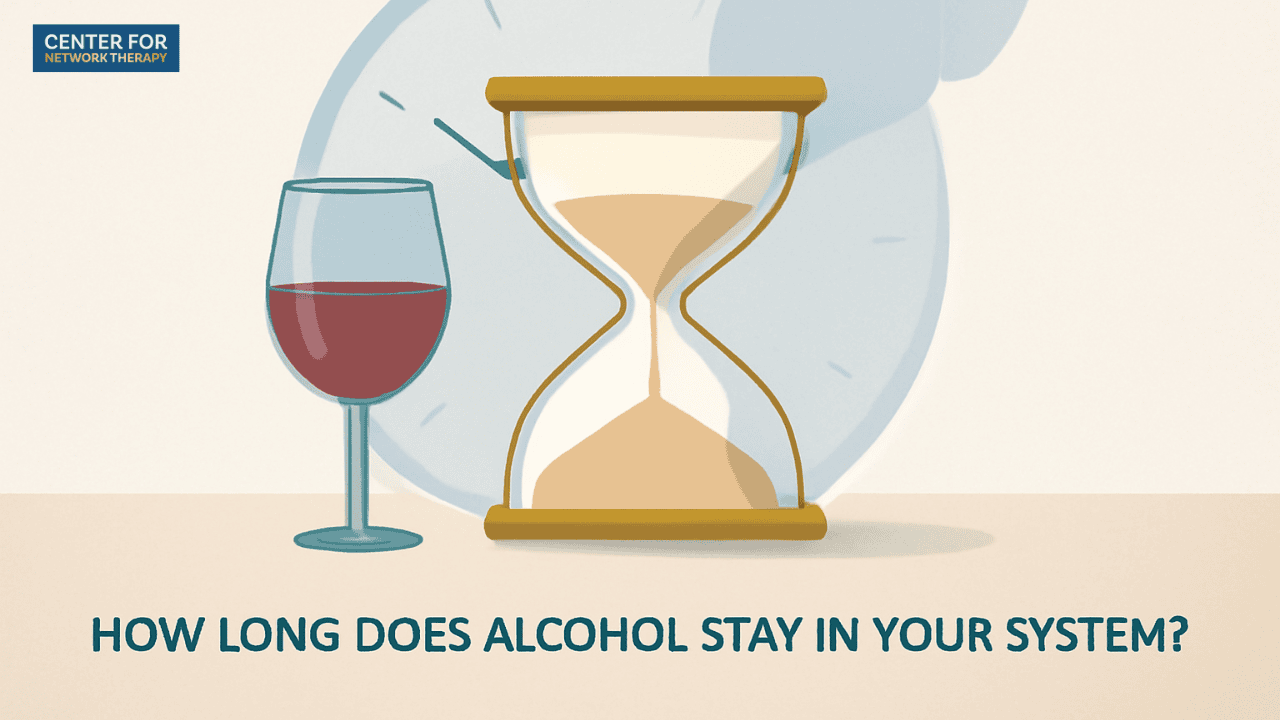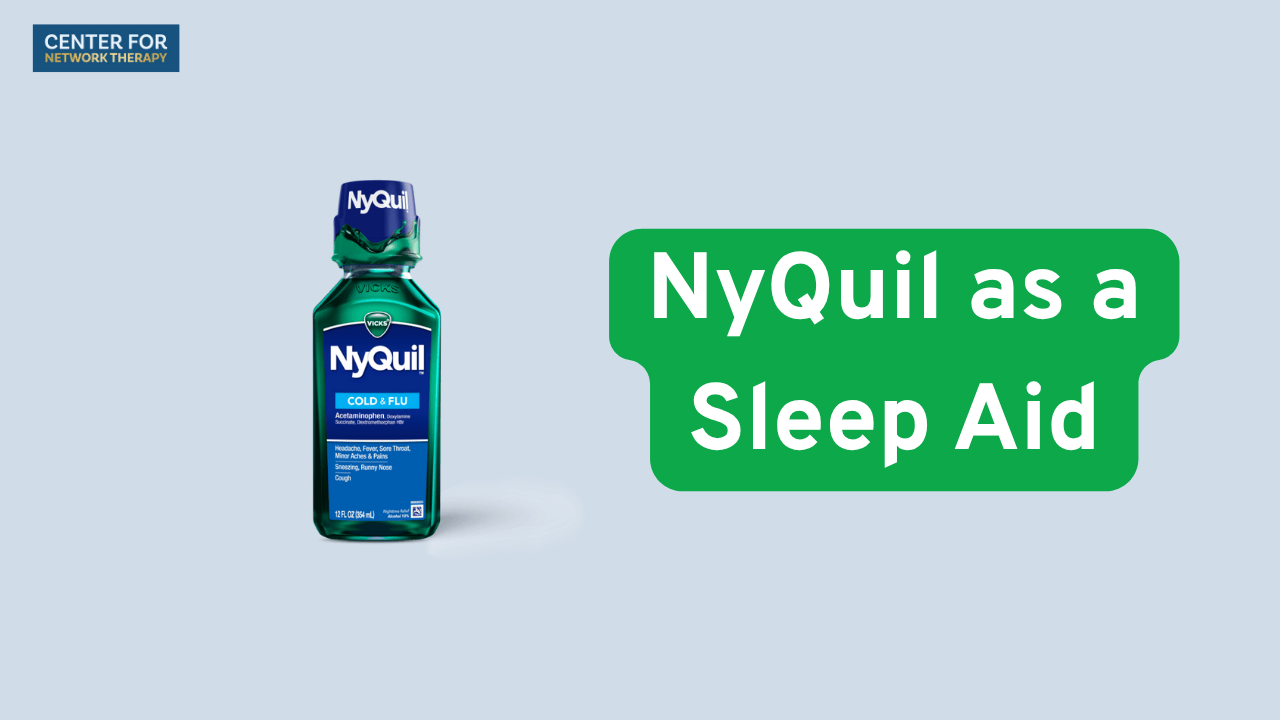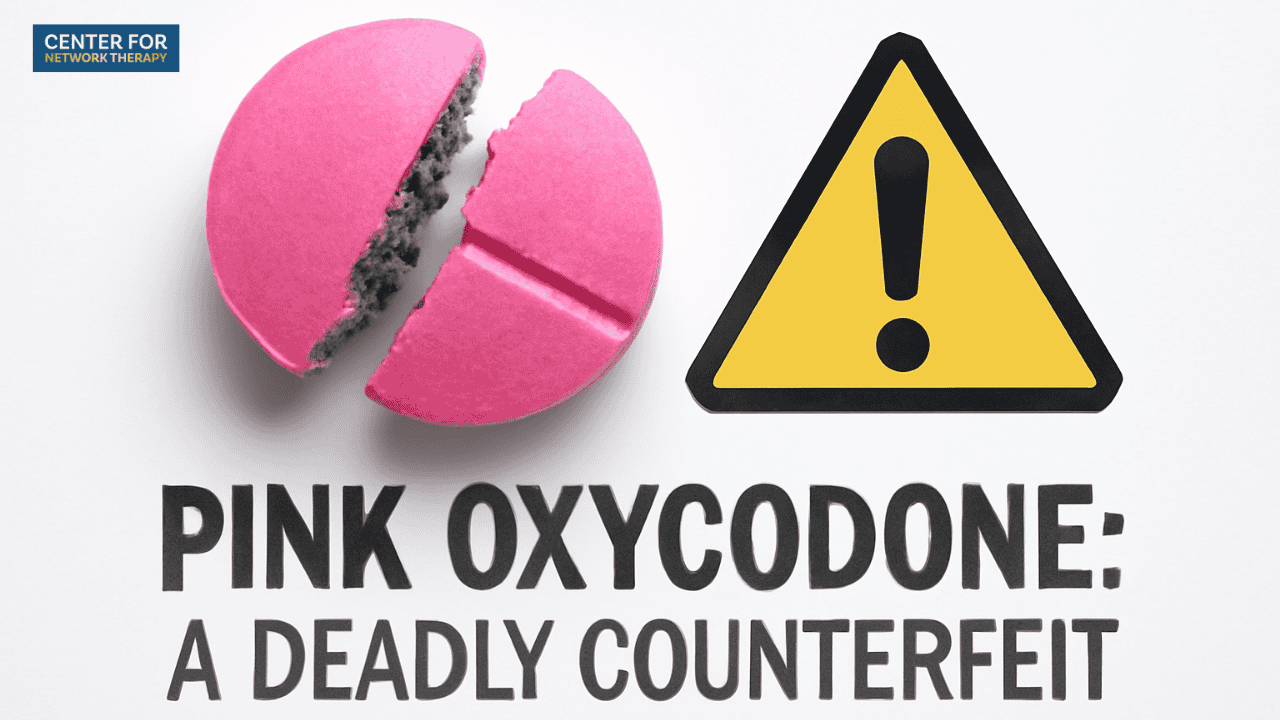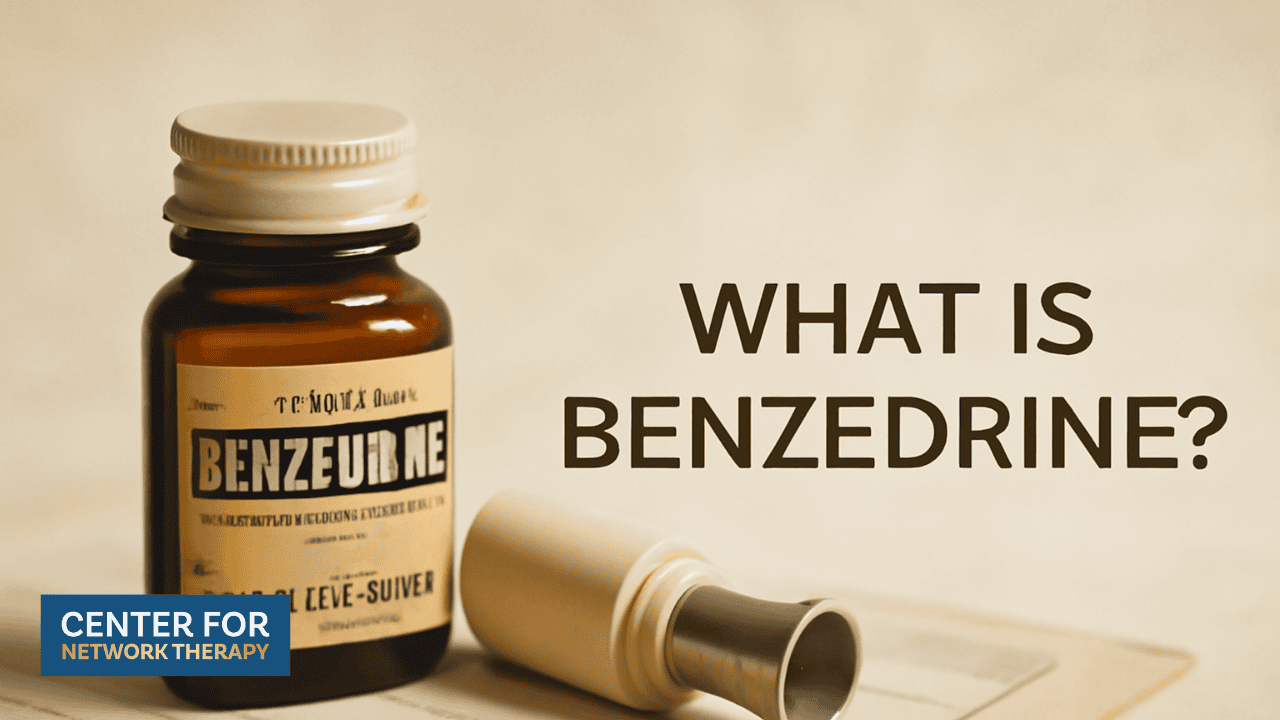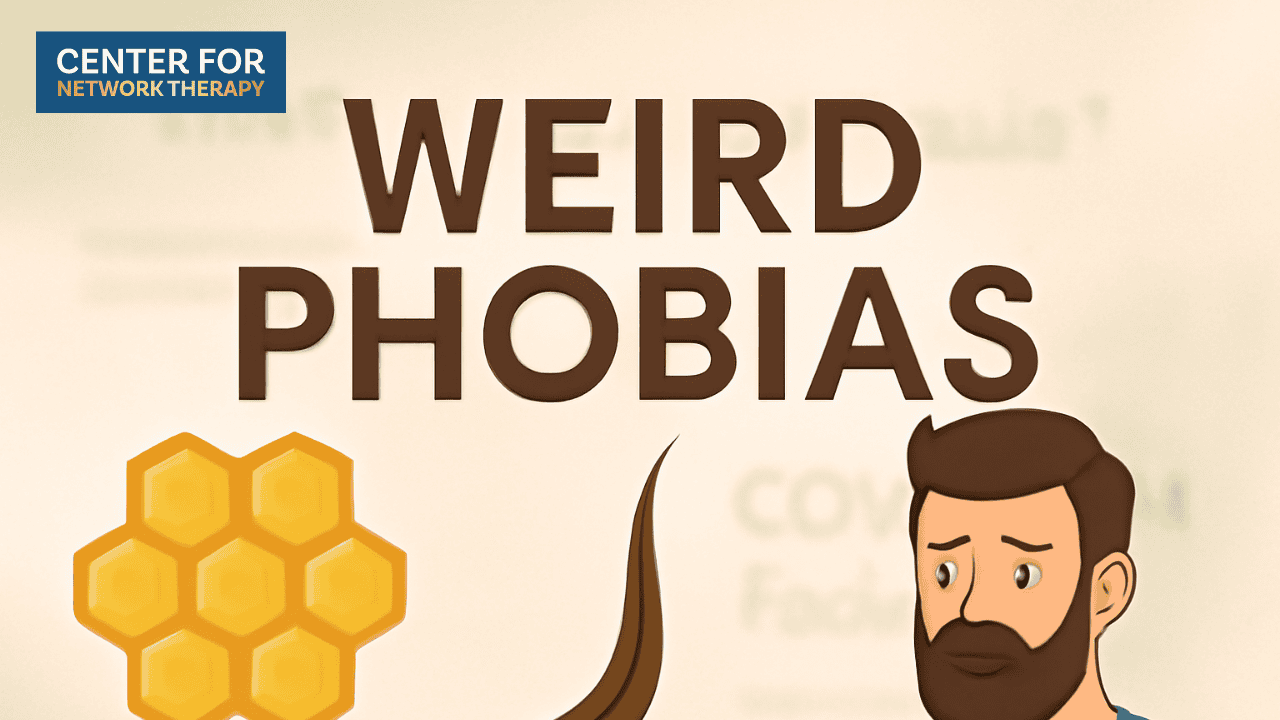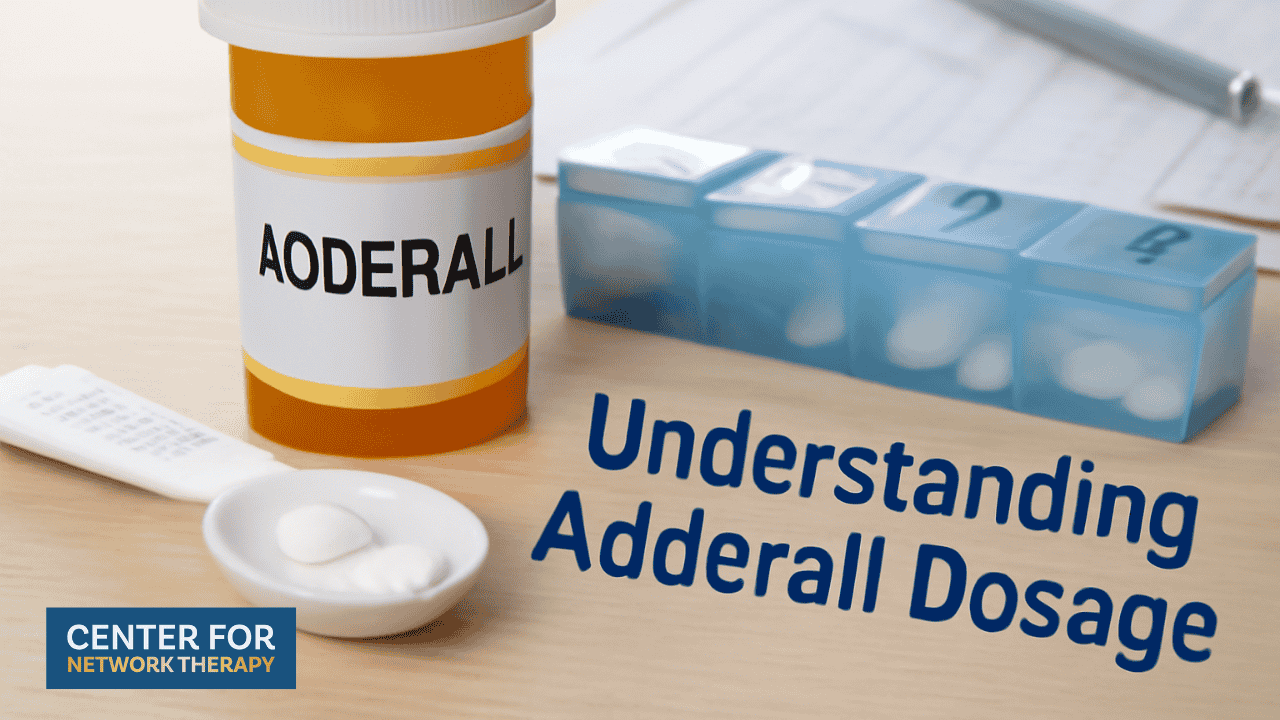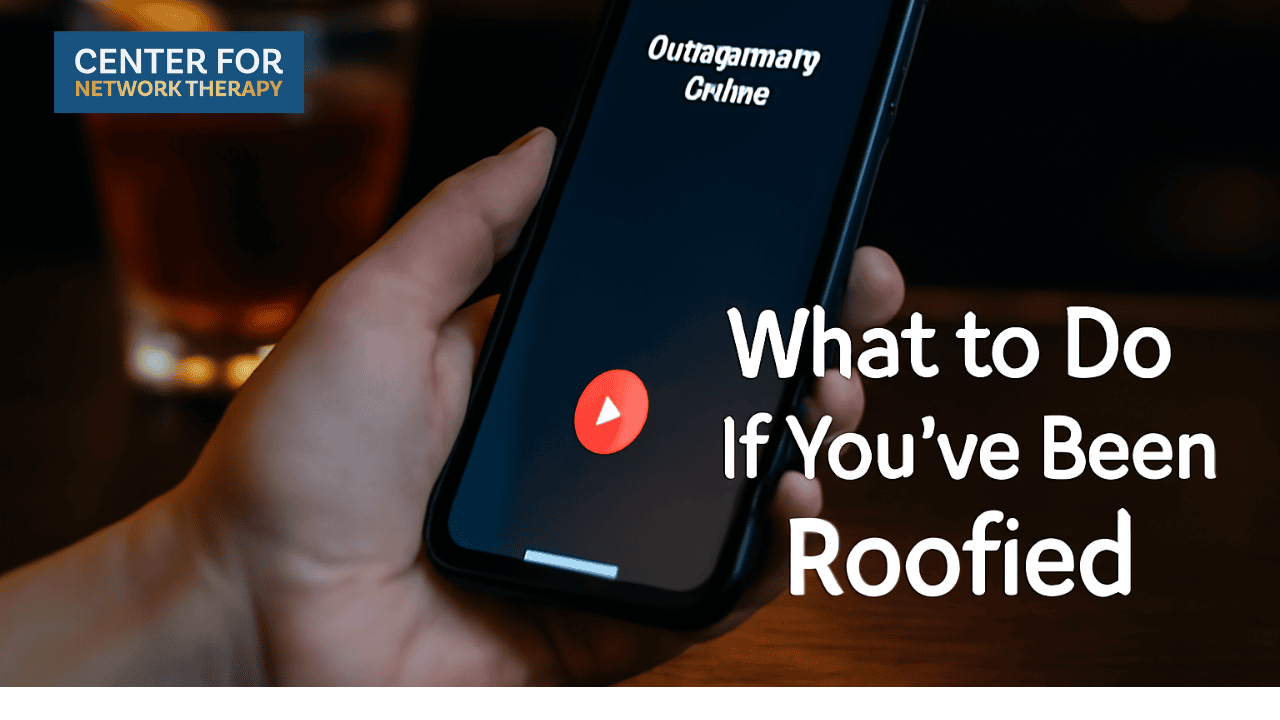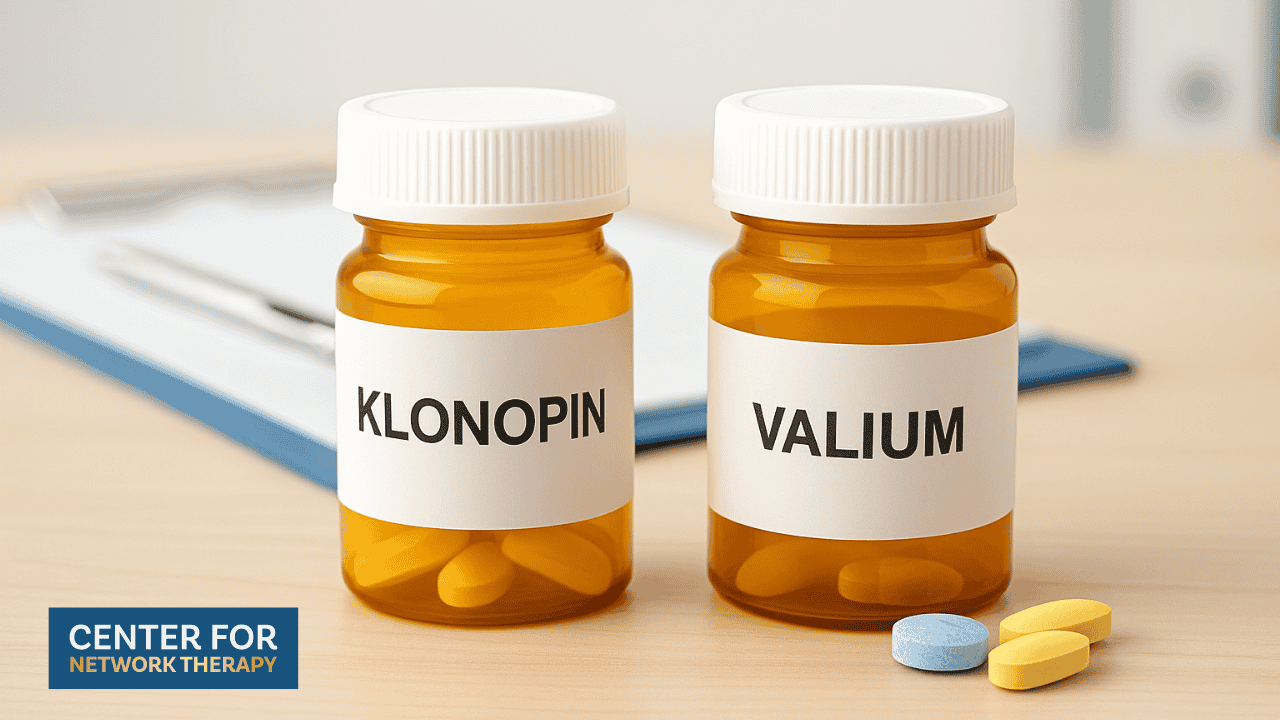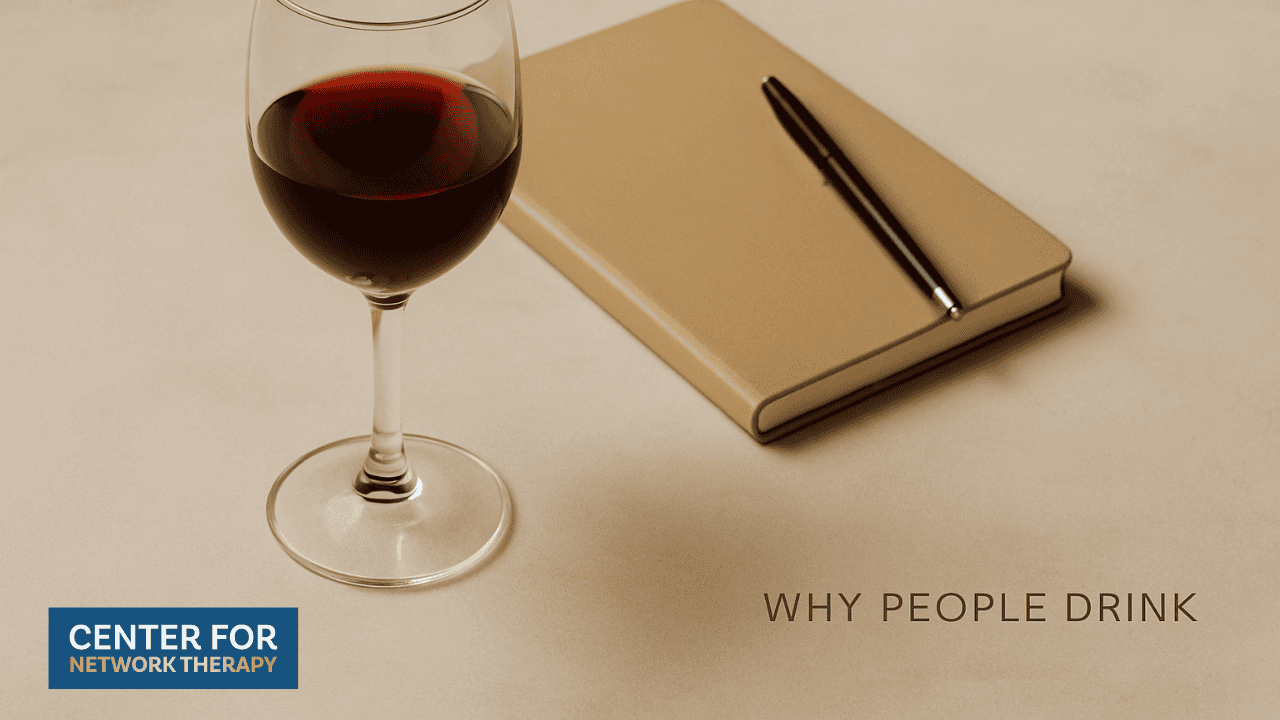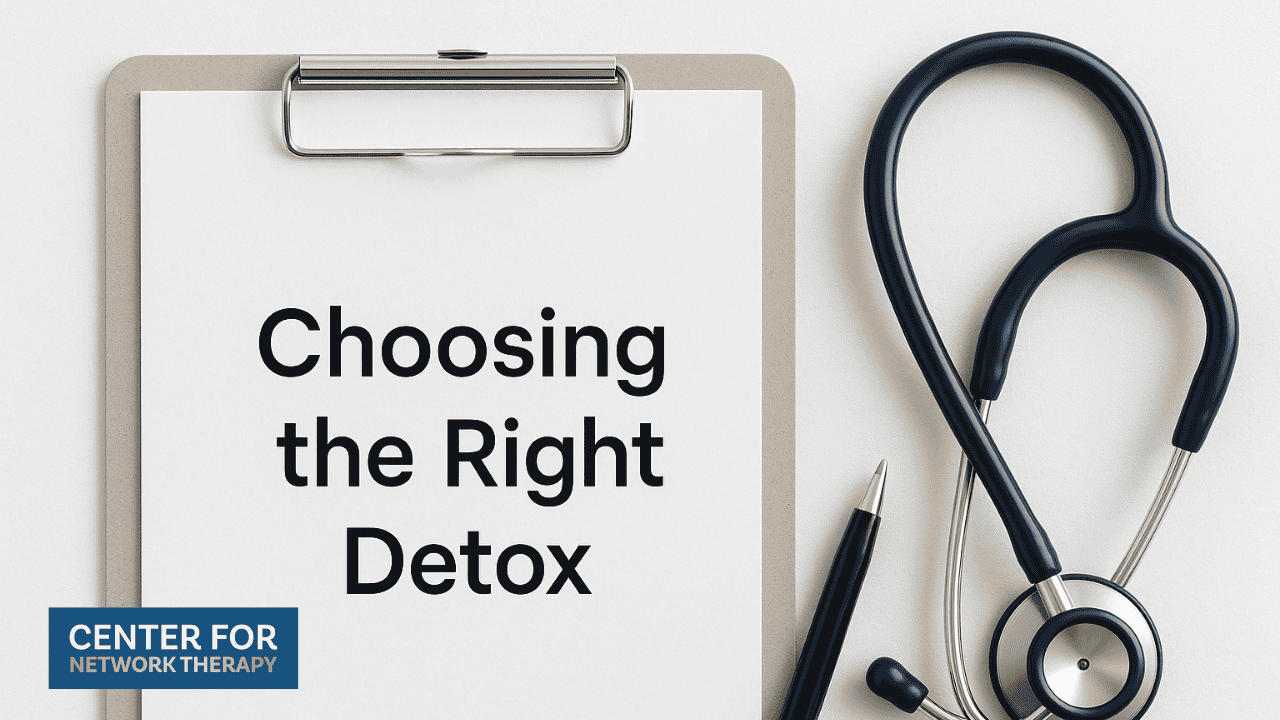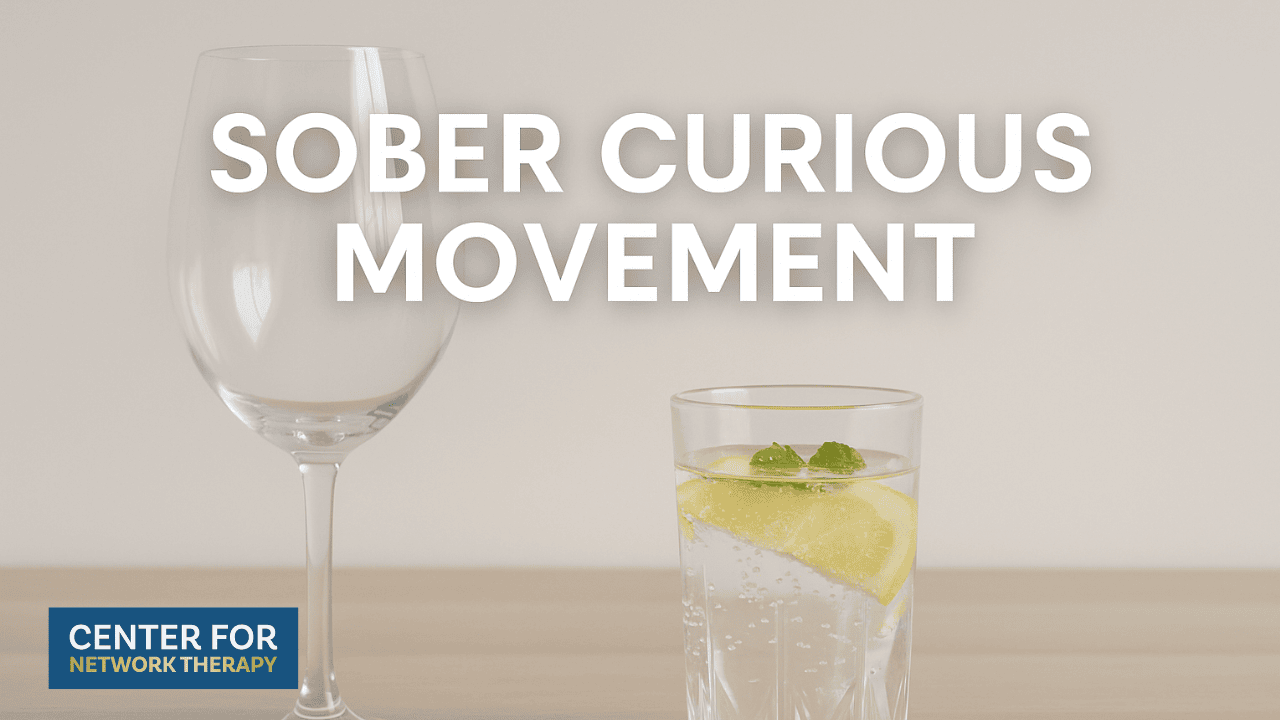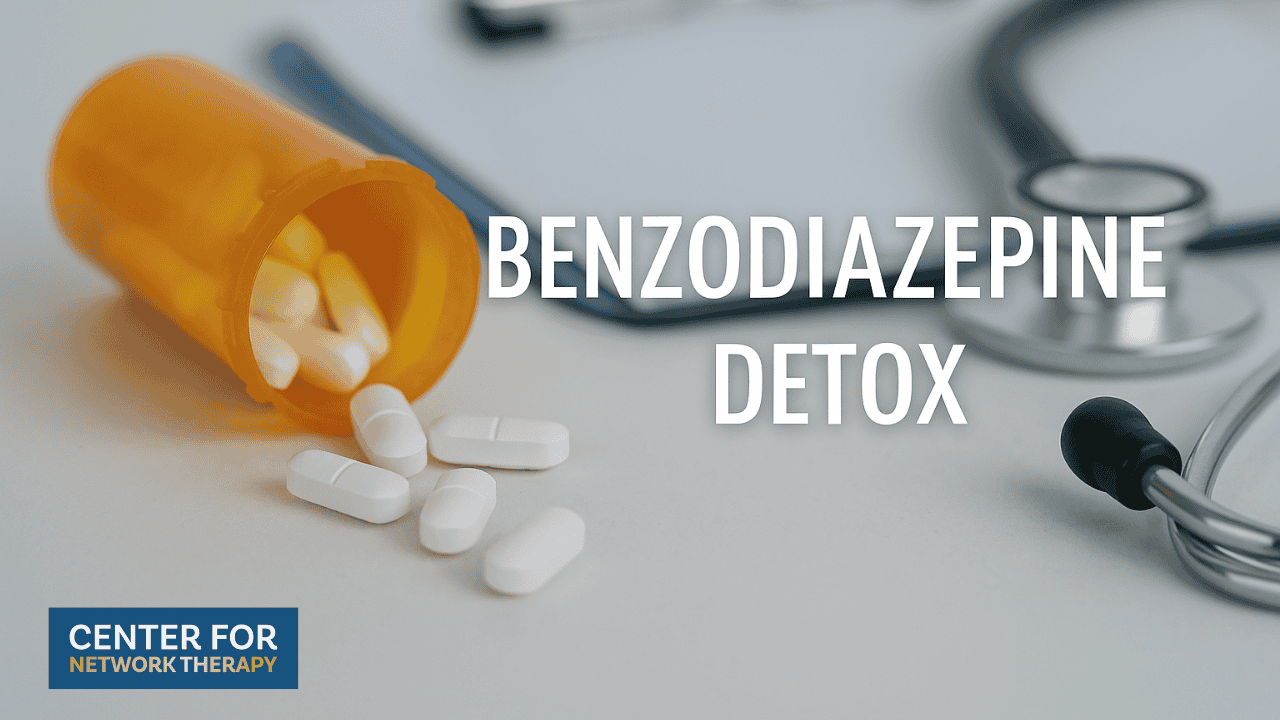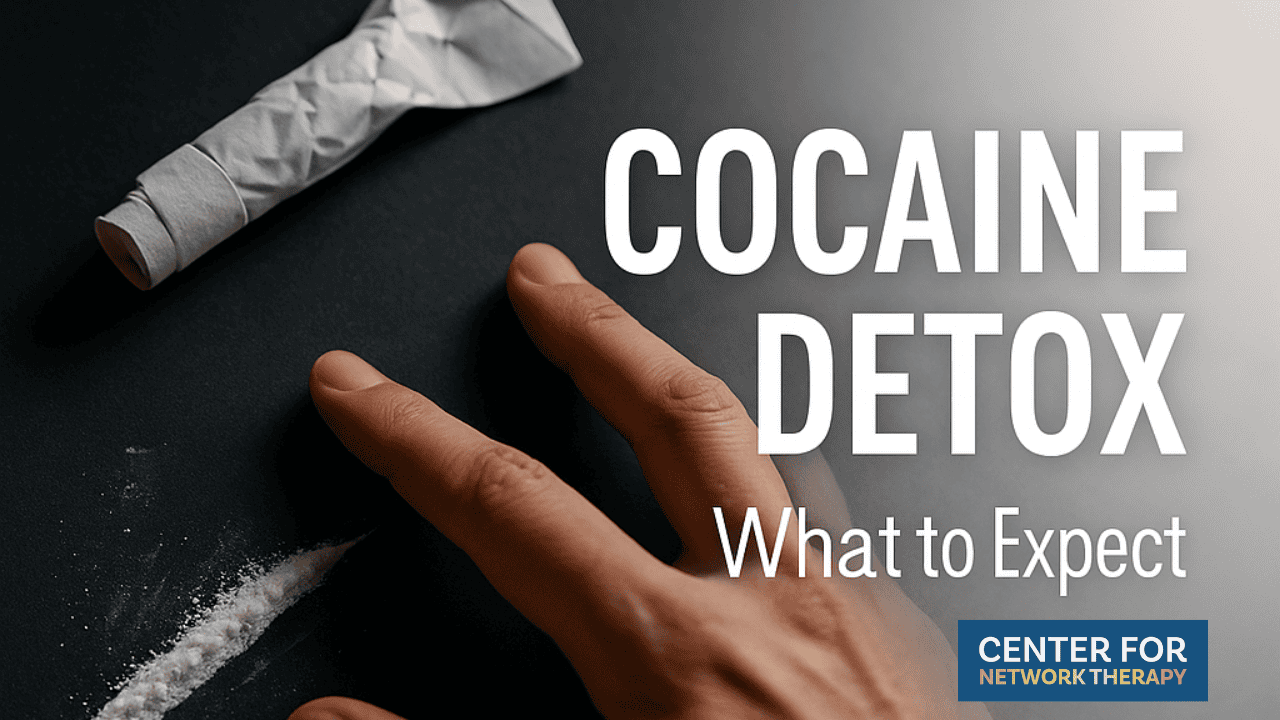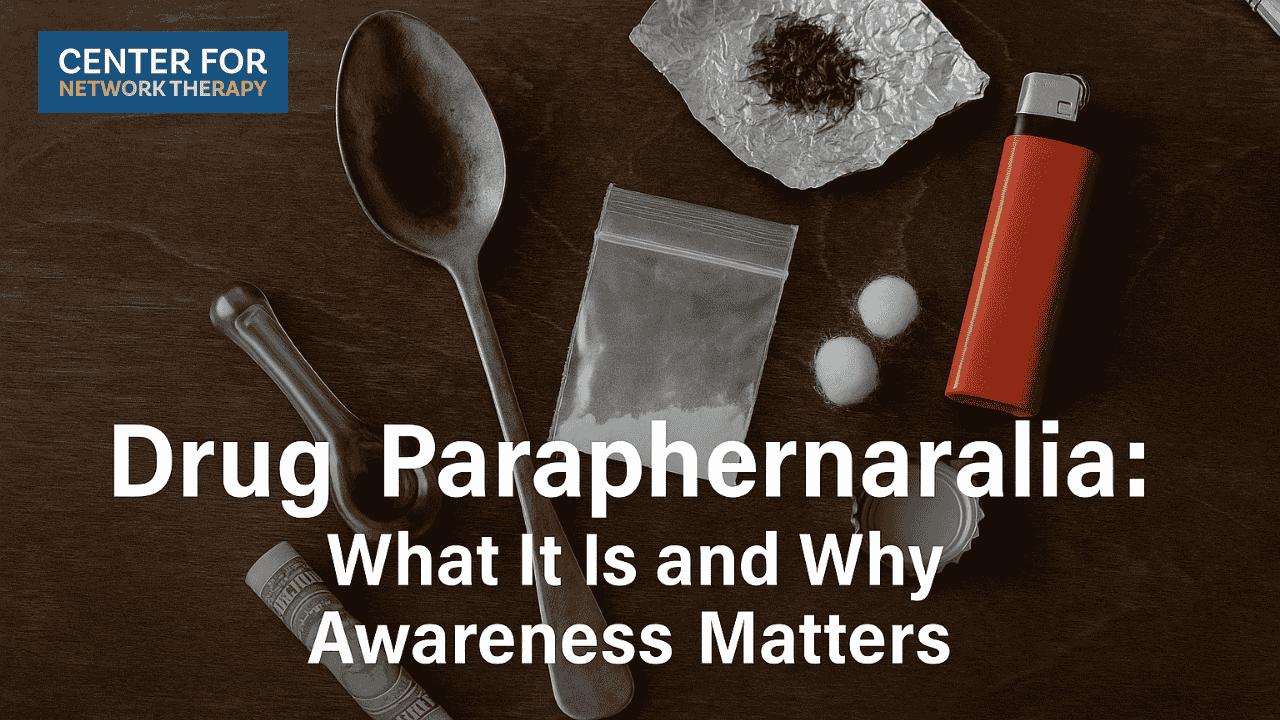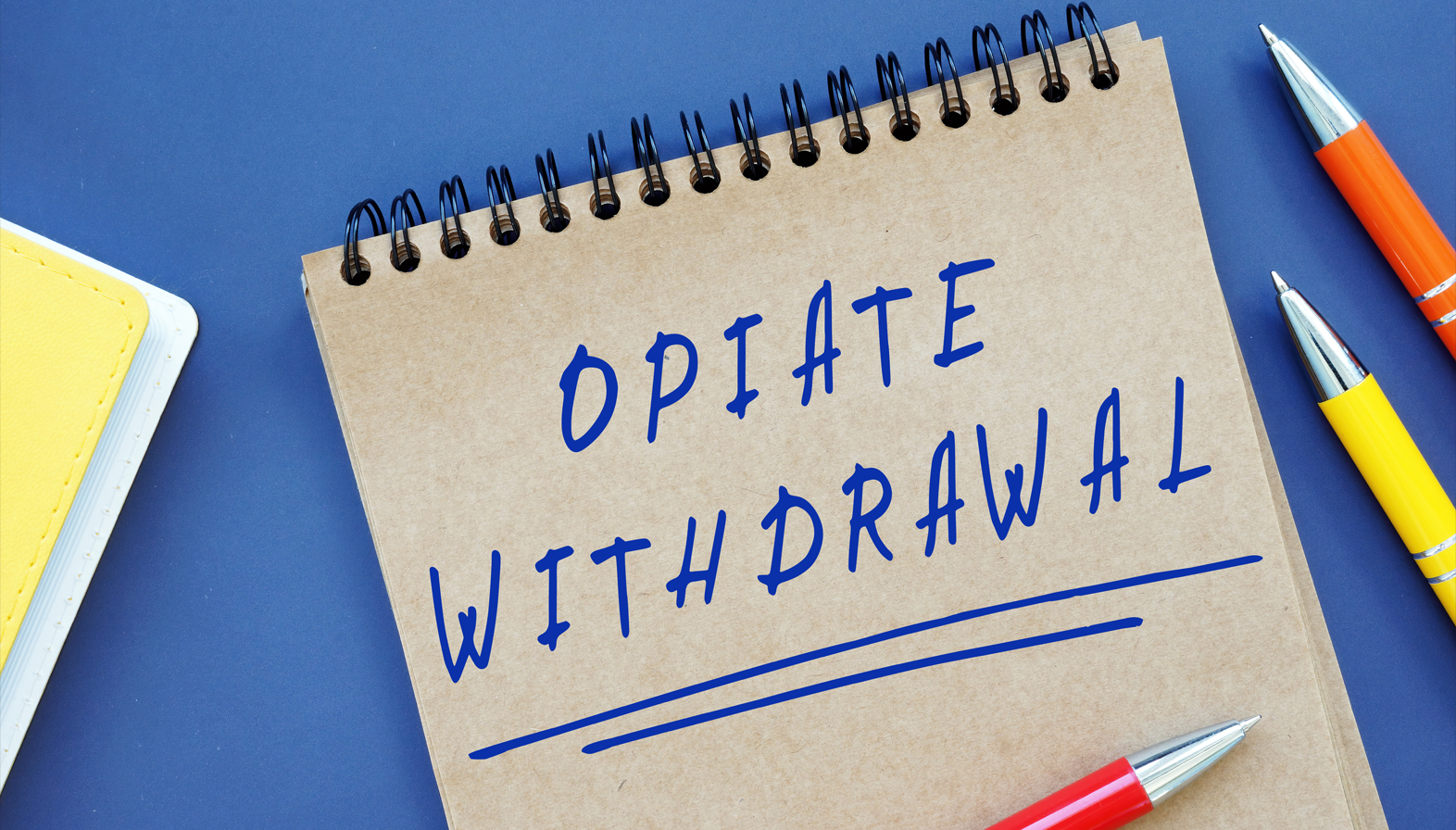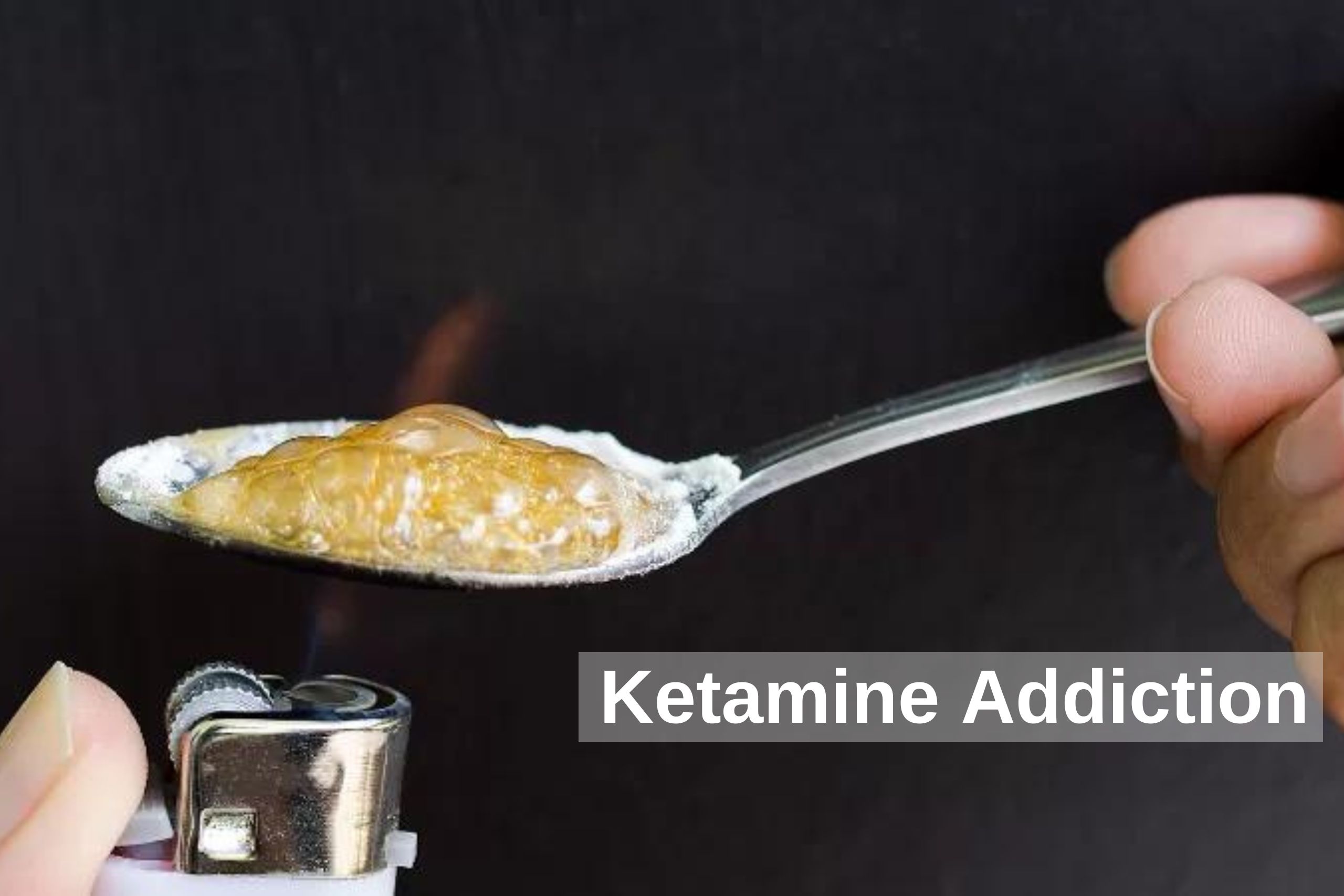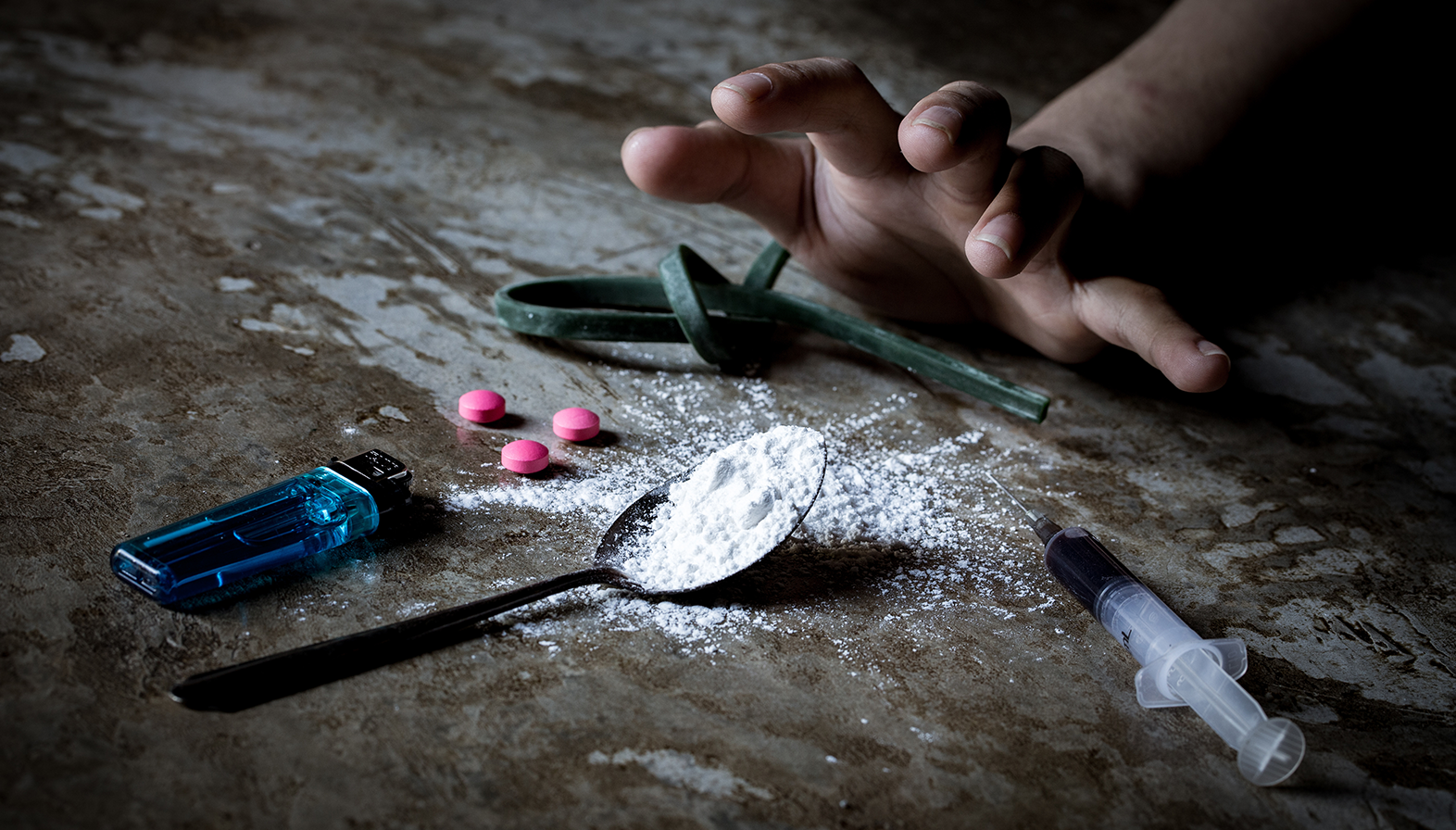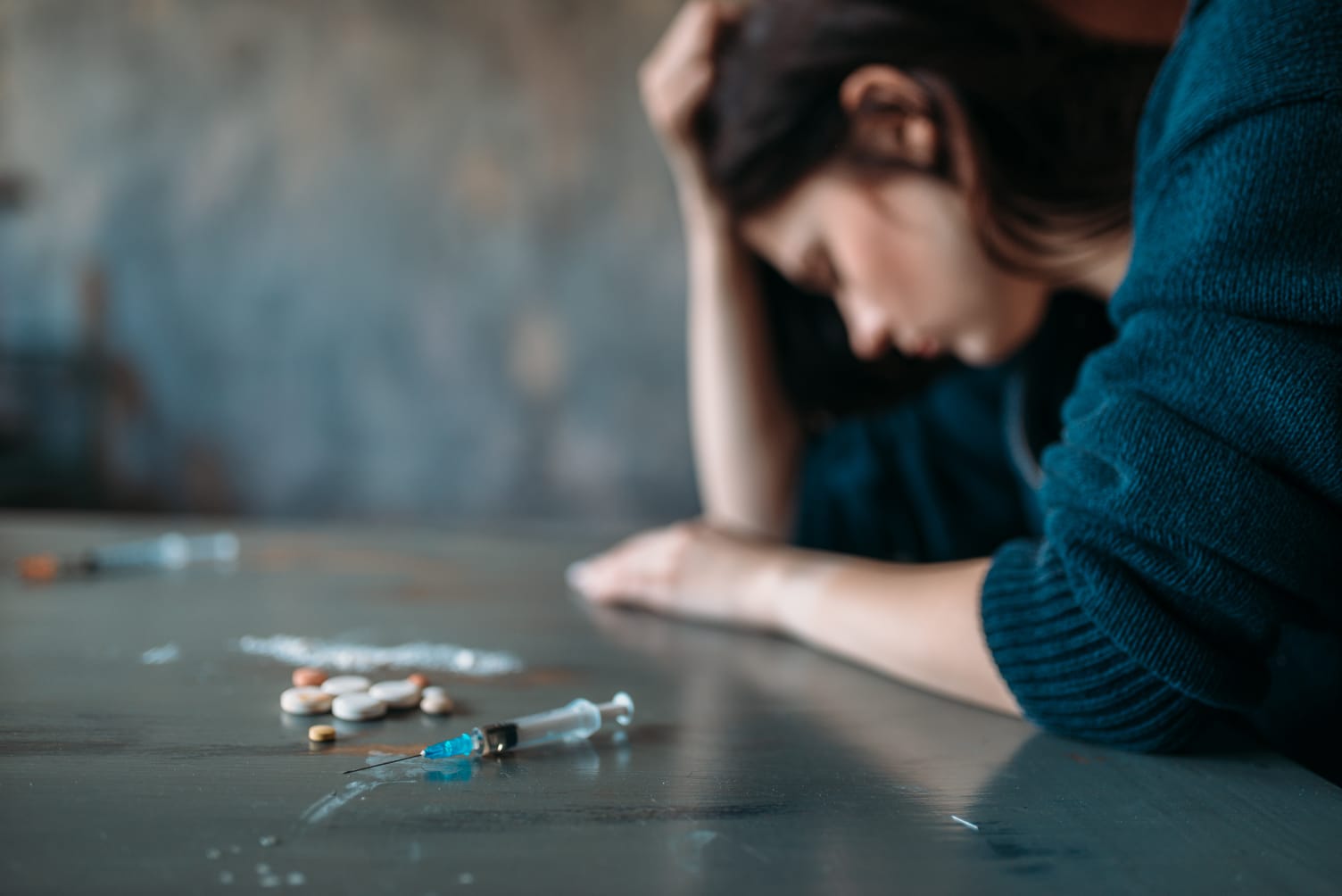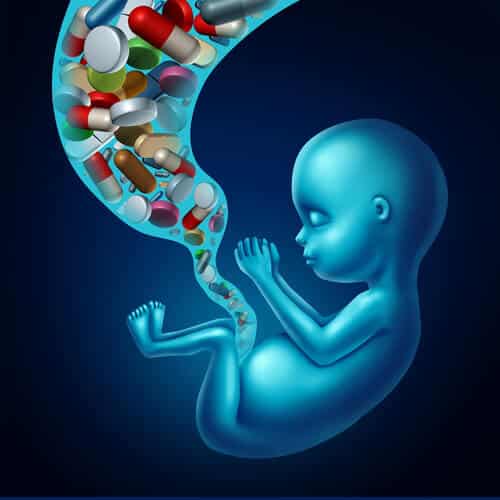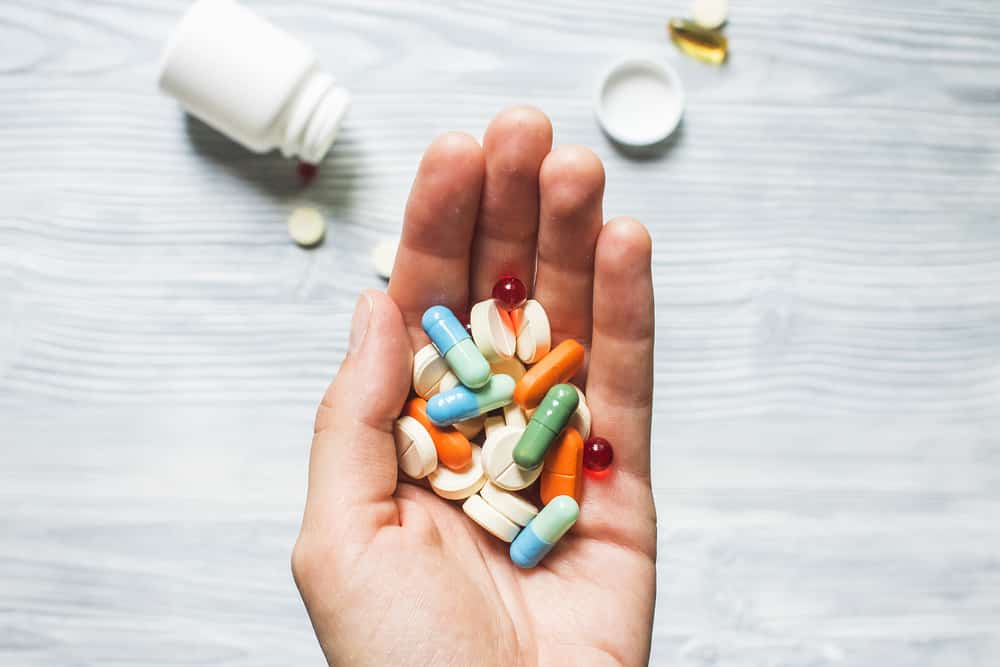Table of Contents
ToggleOpiate Detox program
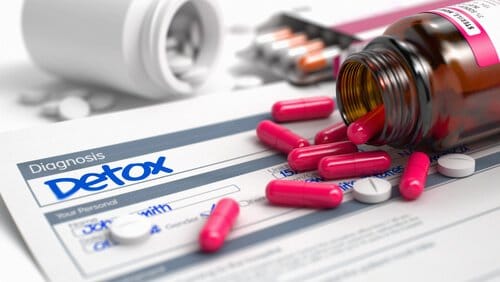
SAMHSA Responds to Opiate Detoxification Need
SAMHSA, the Substance Abuse and Mental Health Services Administration, is a federal agency that sits at the apex of alcohol and drug treatment, research, referral and other services. SAMHSA has the best response to opiate detox program and opioid treatment needs through a free national helpline that provides treatment referral and information.
The telephone number for the helpline is 1-800-662-4357 (HELP). The Center for Network Therapy is the nation’s leading addiction treatment provider – opiate detoxification, benzo detoxification, and alcohol detoxification – and is licensed by SAMHSA to provide addiction treatment.
SAMHSA’s national helpline operates 24/7, 365 days a year. The service is free of charge and can be accessed in English or Spanish. All information provided is kept confidential.
SAMHSA’s website also has a treatment locator provision to find facilities that provide opiate detoxification and the Center for Network Therapy can be located using SAMHSA’s treatment locator.
Opioid and Heroin Facts – Highlights Need for Opiate Detox:
-
- About 808,000 people had used heroin in the past year.
-
- 10.3 million people over the age of 12 misused opioids in the past year – most misused prescription pain relievers.
-
- Roughly 2 million people over the age of 12 suffered from an opioid use disorder – all these people will need opiate detoxification.
-
- Injection opioid use raises risk of contracting HIV, Hepatitis B, and Hepatitis C. People who injected drugs accounted for 9 percent of HIV infections in America.
-
- About 130 people die from opioid overdose every day – access to opiate detoxification could save thousands of lives. Opiate detoxification utilizes methadone, buprenorphine, suboxone or Subutex.
Opiate program and Opiate Detoxification Guidelines
1. Addiction to opiates is a chronic, but treatable illness – opiate dependence often requires continuing care for effective treatment rather than episodic, acute-care treatment approach.
2. Treatment providers should approach Opiate Use Disorder as a chronic illness, so that they deliver care that will help patients stabilize, achieve remission of symptoms and establish and maintain recovery.
3. Medication alone is not enough – patients should be able to access mental health services, addiction counseling and recovery support services.
4. Patient treatment time with medication will vary depending on the individual – one size does not fit all.
5. Treatment with medication saved lives – methadone, extended release injectable naltrexone (XR-NTX) and buprenorphine were found more effective in reducing opiate use than no medication at all. Buprenorphine and methadone were associated with reduced risk of overdose.
Emerging Trends in Substance Abuse:
Methamphetamine—Use is rising in America with 1.9 million using methamphetamine in the past year. Roughly 1.1 million people had a methamphetamine use disorder, much higher than in 2016. Overdose death rates involving methamphetamine quadrupled between 2011 and 2017. Frequent meth use leads to mood disturbances, hallucinations, and paranoia.
Cocaine—About 5.5 million people over the age of 12 or were past users of cocaine, including about 775,000 users of crack. Overdose deaths involving cocaine increased by one-third from 2016 to 2017. Short-term effects of cocaine include increased blood pressure, restlessness, and irritability. Over the longer term, cocaine can cause heart attacks, seizures, and abdominal pain.
Kratom—Kratom is a tea leaf like substance that comes from a tropical plant from Southeast Asia. The leaves, when brewed, provide psychotropic effects by affecting opioid brain receptors. This product is not regulated despite a high risk of abuse and dependence. Kratom can cause nausea, itching, seizures, and hallucinations. Kratom acts like an opiate, and same protocols as that for opiate detoxification – i.e. methadone, buprenorphine, Suboxone or Subutex.
Related Articles
Identify Opiate Withdrawal Symptoms
Opioid Prescription Decline Data Misleading
Why Treating alcohol dependence in Outpatient Setting Preferred




